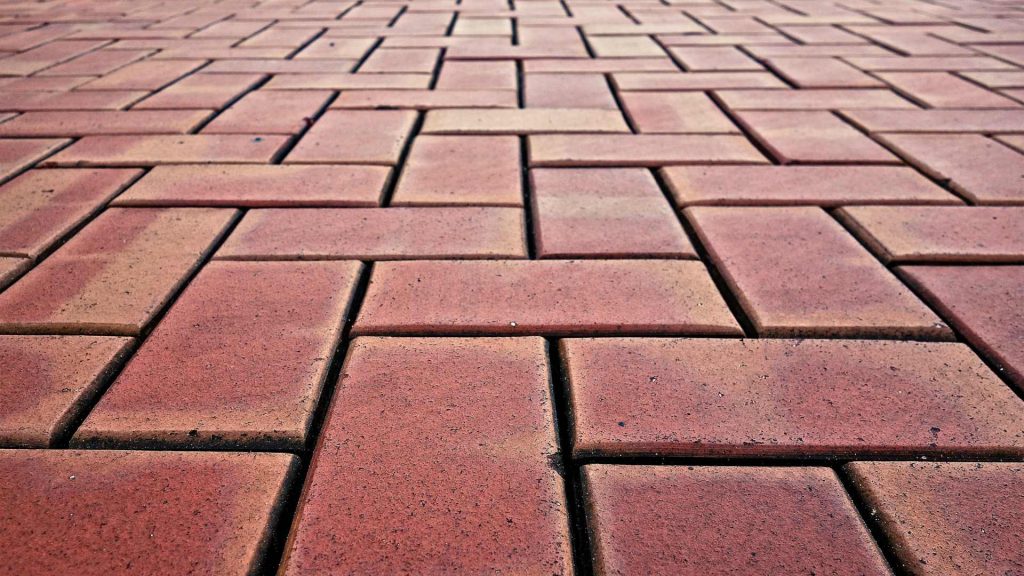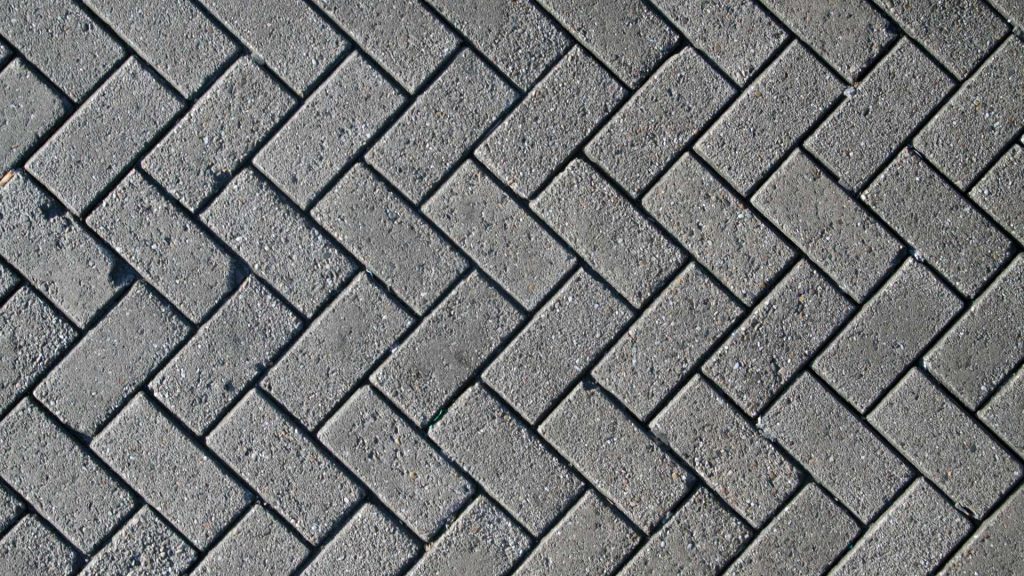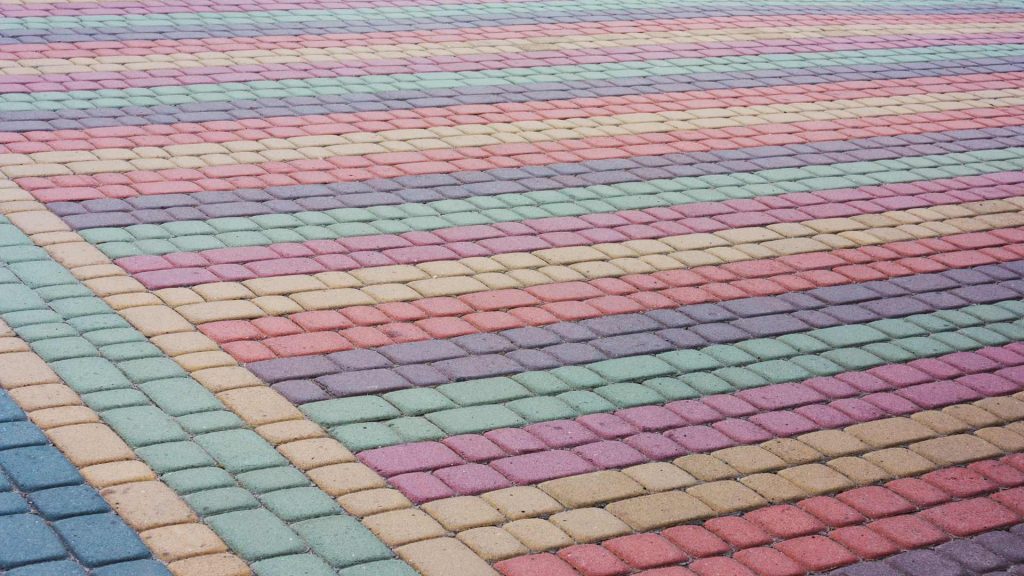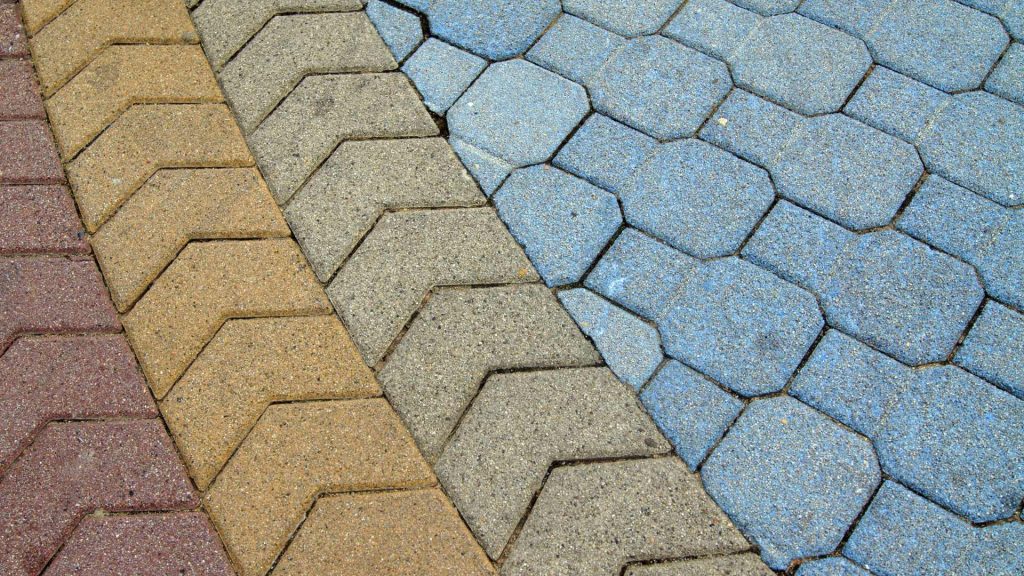Why HOA‑Friendly Design Matters (and How to Nail It)
Many communities protect a cohesive coastal aesthetic with HOA/ARC guidelines. That’s great for curb appeal and values, but it also means your new driveway, patio, lanai, pool deck, or walkways need to match the architecture and color board on file. The trick is choosing colors and patterns that feel beautiful and personal without tripping compliance.
As a local installer, We design submittal‑ready hardscapes that blend with stucco tones, roof materials, window trim, and landscape palettes common in Collier County. This guide shows what tends to pass, what gets flagged, and how to create a timeless look that works with sun, salt, and storms—and your HOA.
Read the Rules First: Typical HOA Requirements in Collier County
Every HOA is different, but common themes include:
- Neutral, coastal palettes (ivory, sand, shell, light gray, weathered charcoal) with low–medium contrast.
- Muted blends over loud, high‑contrast mixes; no neon or overly variegated colors.
- Classic patterns—herringbone, ashlar, running bond, or French pattern for travertine—over busy mosaics.
- Defined borders (e.g., soldier course or sailor course) to frame the field neatly at streets and lanais.
- Coping profiles that match architecture (bullnose, chamfer, or drop‑face).
- Traction and safety: textured finishes and non‑slip additives where required.
- Drainage & grades that don’t alter swales or send water to neighbors.
- Submittals: color samples, layout plan, elevations, and product data; sometimes neighbor notification for driveway changes.

Color Strategy: Coastal, Timeless, and Sun‑Smart
Bright, reflective coastal light makes colors appear lighter outdoors than they do in a showroom. Use these field + border ideas that consistently earn ARC approvals:
Warm Coastal Neutrals (Great with Sand/White Stucco)
- Field: Ivory/cream travertine or light concrete paver blend (shell/sand).
- Border: Slightly deeper beachstone or taupe soldier course for definition.
- Where it works: Aqualane Shores, Park Shore near the beach.
Cool Coastal Grays (Pairs with Modern Whites & Metal Roofs)
- Field: Light silver/pearl porcelain (outdoor‑rated texture) or pale gray concrete mix.
- Border: Weathered charcoal or mid‑gray sailor course for a crisp frame.
- Where it works: Pelican Bay, newer construction in Moorings.
Classic Mediterranean (Tile Roofs, Cream/Beige Stucco)
- Field: Light walnut or shell travertine; French pattern reads upscale but calm.
- Border: Medium cappuccino or taupe tumbled edge around drives and lanais.
- Where it works: Grey Oaks, Vineyards, Coquina Sands.
Local tip: Choose lighter tones for driveways and pool decks to reduce surface temp and glare. Dark charcoals can pass, but usually as a border rather than the entire field.
Pattern Play: Classic Layouts HOAs Prefer
- Herringbone (Driveways): Unbeatable for turn‑in strength and visual order. A 45° or 90° herringbone in concrete pavers with a contrasting border is an HOA favorite.
- Ashlar (Patios/Walkways): Varied rectangles in a repeating logic—reads custom but calm; perfect for lanais and courtyards.
- Running Bond (Walkways/Side Paths): Clean and linear; easy on the eyes in narrow corridors.
- French Pattern (Travertine Pool Decks): Timeless and resort‑style; the irregular module looks natural without busy contrast.
- Plank Looks (Modern): Works when kept low contrast and aligned with architecture; best in porcelain with outdoor traction ratings.
Borders that sell the look:
- Soldier course (units laid long side against the edge) for a formal frame at streets and patio perimeters.
- Sailor course (units laid narrow side to the edge) for a subtle edge.
- Double border (light field, thin mid‑tone band, darker outer band) when you want more polish without breaking HOA color rules.

Material Choices That Pass (and Perform)
Travertine (tumbled)
- HOA‑friendly for pool decks and lanais; light tones stay cool and non‑glare. Use breathable penetrating sealer.
- Keep veining moderate; hand‑select lots for consistent look.
Porcelain (outdoor‑rated)
- Excellent for HOA moderns: low absorption, colorfast, and consistent sizing. Seal joints, not tile faces.
- Choose textures with DCOF wet traction for lanais and entries.
Concrete Pavers (textured)
- Widest pattern options; best for driveways. Pick low‑contrast blends and add a defined border.
- Consider permeable units or permeable bands where drainage is scrutinized.
Joint & Border Color: Small Choice, Big Impact
- Match or Melt: Use tan with travertine for a seamless look; silver/pearl joints with gray fields keep things contemporary.
- Define with Restraint: Use charcoal joints sparingly—great for graphic drive borders, but too much contrast can get flagged.
- Consistency Counts: Keep joint height flush to paver faces; polymeric sand helps joints resist weeds and washout (a maintenance note HOAs love).

Submittal‑Ready: What to Hand Your ARC the First Time
- Scaled plan showing pattern orientation, border locations, and drainage features (channel drains, pop‑ups, permeable bands).
- Color chips/samples under daylight or a board arranged next to roof and stucco samples when possible.
- Material data sheets: slip resistance (DCOF), thickness, and sealer info.
- Photos/Render of adjacent homes or community examples that match your palette.
- Statement of no grade change or an engineered drainage note when grades are adjusted.
Driveways: Curb Appeal Within the Lines
A herringbone field in a light concrete blend framed by a charcoal soldier course remains the most approved driveway look in communities. Add radius borders around curves for a custom feel, but keep the contrast controlled. Where flooding concerns exist, integrate permeable bands near the apron to help your case with ARC reviewers focused on storm runoff.
- Good: Light sand/pearl field + weathered charcoal border.
- Risky: High‑contrast checkerboards or multiple borders at once.
- Pro move: Align borders with garage bays and use a subtle inlay to center the entry without screaming for attention.
Patios & Lanais: Calm Patterns, Comfortable Surfaces
Choose ashlar or French pattern in light, matte finishes to control heat and glare. Keep mosaics and micro‑patterns indoors. Tie the color to interior flooring if you want a blended indoor‑outdoor feel—ARCs tend to smile on designs that harmonize with the home’s existing palette.
- Good: Ivory travertine French pattern with tan joints; slim taupe sailor border.
- Risky: Ultra‑dark porcelain planks without shade or anti‑slip; high‑gloss sealers.
- Pro move: Add drop‑face coping at pool edge in a slightly darker tone for visibility and safety.
Walkways & Entries: Safety + Subtle Contrast
For narrow walks, running bond or small‑module ashlar keeps joints straight and reduces cuts. Use a contrasting nosing at steps and textured surfaces for traction. At entries, a thin border in a deeper tone frames the path and signals the door—good for night visibility and HOA aesthetics alike.
- Good: Light gray field with a mid‑gray border and contrasting step nosing.
- Risky: Zig‑zag patterns or penny‑round mosaics that read busy from the street.
- Pro move: LED path lights and a small permeable pad at downspouts to prevent stains and puddles.
Maintenance that Keeps ARCs Happy
- Sealing cadence: Every 2–3 years for travertine/concrete; joints on porcelain as needed. Use breathable penetrating on stone; choose UV‑stable options to avoid yellowing.
- Joint care: Keep polymeric sand topped up at edges and turn‑ins—fewer weeds = fewer letters from the HOA.
- After storms: Rinse, clear drains, and mark any low spots for re‑leveling. A tidy hardscape reads compliant even before the paperwork.
Real‑World Palettes That Passed ARC Review
- Park Shore Driveway: Light concrete ashlar with a charcoal soldier border; polymeric sand in a silver tone for a modern coastal read.
- Pelican Bay Pool Deck: Ivory travertine French pattern, tan joints, and a slightly darker bullnose coping; breathable sealer with non‑slip.
- Old Entry Walk: Running bond porcelain in pale pearl with a mid‑gray sailor border and contrasting step nosing; joints sealed only.
- Grey Oaks Lanai: Low‑contrast ashlar in warm taupes; double border (taupe + cappuccino) aligned with column bases—subtle but upscale.
FAQs
Will my HOA allow dark charcoal pavers?
Often as borders or accents. Entire fields in dark charcoal are less common. When approved, they usually require non‑slip and a plan for heat/glare.
Can I mix materials—travertine on the pool deck and concrete on the patio?
Yes, if the color family and border logic match. Provide samples and a plan view that shows how transitions are handled.
Do permeable pavers help approvals?
They can. When runoff is a concern, permeable systems or permeable bands demonstrate good storm stewardship and may ease ARC review.
Will a glossy sealer get rejected?
Some HOAs avoid high gloss because of glare and slip. Matte or natural finishes are the safe default in communities.
How long does ARC approval take?
Anywhere from a few days to several weeks depending on the board schedule. Submit a complete package (plans, samples, data sheets, drainage notes) to avoid re‑submittals.
Final Take: Quiet Luxury That Clears the ARC
HOA‑friendly doesn’t mean boring. The winning formula is coastal neutrals, classic patterns, and a well‑framed border—paired with a submittal that proves you’ve considered drainage, traction, and maintenance. With the right field color, a disciplined border, and smart details, you’ll sail through review and love your hardscape for years.

